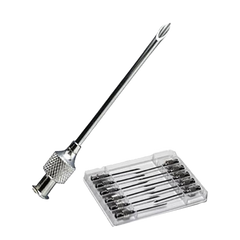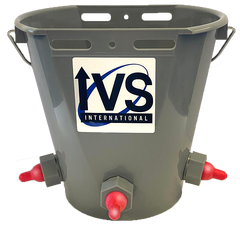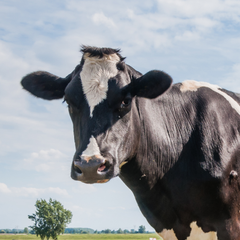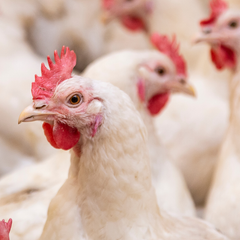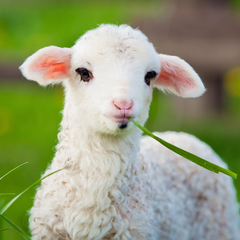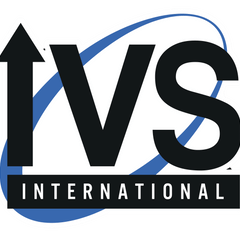Popular Categories
Prodotti a marchio IVS

Bande castranti - Borsa/100
Castrating bands are specialized tools used in veterinary practices for castrating young animals such as lambs, calves, and pigs, as well as for docking tails. These bands are typically made from high-quality latex, which ensures excellent retention and durability during the procedure. A common packaging option for these bands is a bag of 100, which is convenient for handling and storage. It's important to note that these bands should be stored in a cool, dark place to maintain their elasticity and effectiveness. When used properly, castrating bands are a reliable method for performing castrations and tail dockings, contributing to animal management in agricultural settings High quality of rubber Bag of about 100 (volume by weight).
$3.99 $3.29

Ugello per inzuppo (Luer lock)
Drenching nozzles with luer lock are essential tools in veterinary medicine, designed for the safe and efficient oral administration of liquids to a variety of animals. These nozzles are made with first quality of stainless steel and can be attached to syringes for precise dosage delivery. The luer lock mechanism ensures a secure fit to the syringe, preventing accidental detachment during the drenching process. They are commonly used for administering medication or nutrients to livestock and pets, and their reusable nature, coupled with the ability to sterilize them, makes them a cost-effective and reliable choice for animal care. Includes Smooth olive tip. Specification: 4 3/4″ long
$5.50
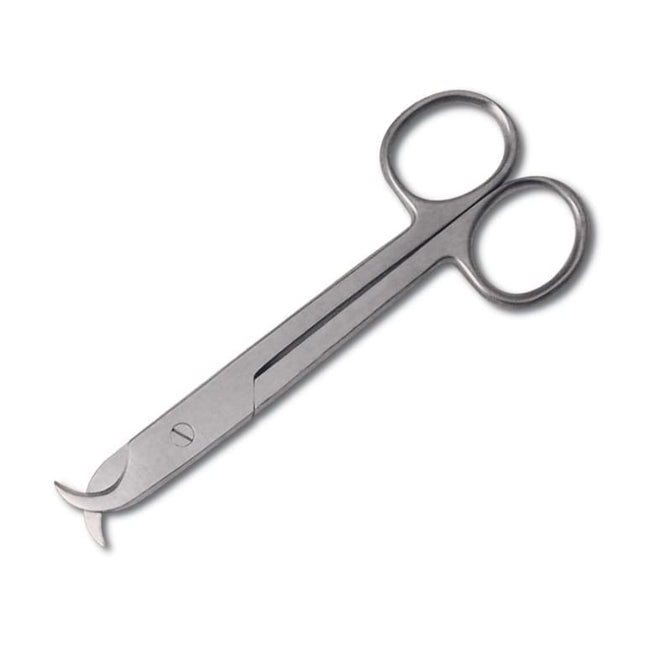
Forbici per unghie dei piedi di White
Forbici progettate per tagliare unghie tubolari piuttosto che piatte, o artigli. I bordi di taglio delle lame formano un cerchio quando sono aperte, in modo che l'artiglio non possa fuoriuscire quando sono chiuse. Strumenti chirurgici di buona qualità realizzati in acciaio inossidabile di alta qualità.
$9.90
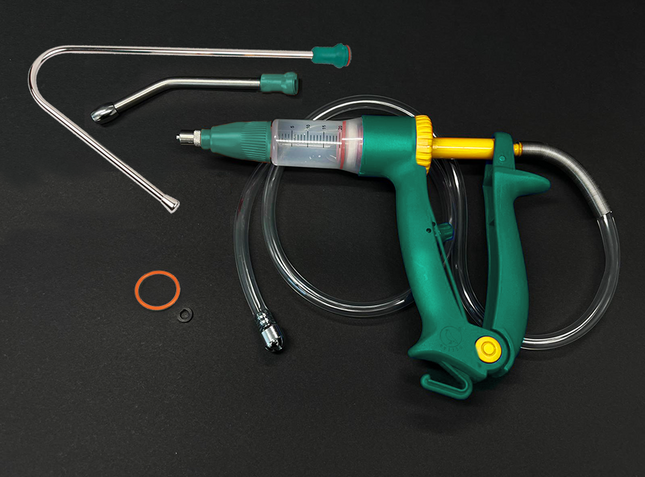
30CC / 50CC Cattle Drencher Gun Kit
3-in-1 Drencher for Dairy Cows, Beef Cattle, and Goats. This kit has it all! Hook Cannula, Mid-size Cannula, and Luer Lock for use as a vaccinator as well. Backpack adaptor.Drench Gun is perfect for use with Panacur suspensions and other oral medicines as well as any vaccines. Ergonomic design for maximum user comfort and durability. Dose adjuster from 30 ml to 50 ml for easy dose setting and accuracy. Pistol grip drench gun allows ease of administration of fluids to livestock, including cattle, sheep, and goats. Durable plastic frame with curved metal drenching probe.Special hook cannula aids in easy administration of oral suspension when dosing multiple herd animals.
$44.90 - $48.99
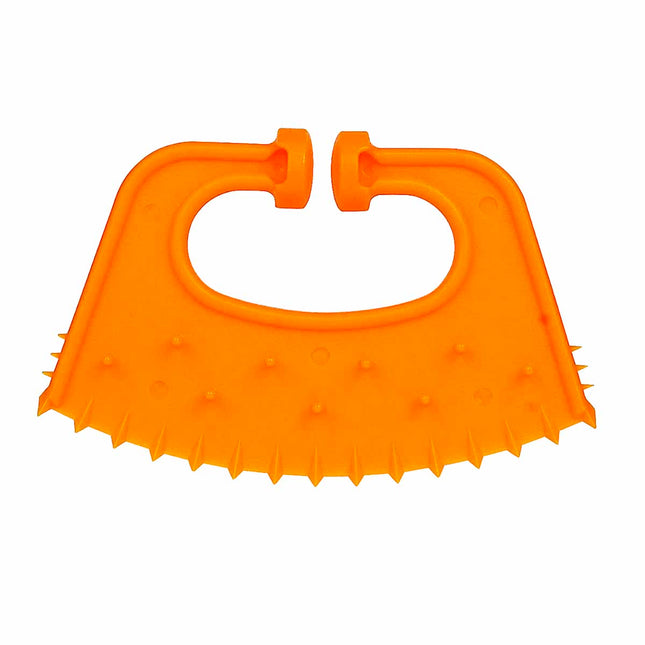
Vitello svezzato arancione
The Calf Weaner Orange is a durable and easy-to-apply device designed to aid in the weaning process of calves. Made from virtually unbreakable plastic, these weaners are lightweight and do not cause discomfort to the animals. They are suitable for calves up to 18 months of age and work by impeding the calf's ability to suck while still allowing them to graze and have physical contact with their mothers. This method reduces the stress associated with weaning, as it prevents the calf from nursing but does not isolate them from the herd. Typically, the weaners are left on the calves for about 4-7 days before the calves are separated from their mothers, which helps them transition to feeding on grass and other solid foods. This practice not only supports the health and welfare of the calves but also contributes to the management of the herd during the weaning period Applying a Calf Weaner Orange is a straightforward process that can be done with care and attention to the calf's comfort. First, ensure that the calf is restrained safely to prevent injury to both the animal and the handler. The weaner typically consists of two pieces that clip or snap together through the calf's nostrils. Gently separate the calf's nostrils and insert the weaner, making sure that it's securely fastened but not overly tight. It's important to check that the weaner is not causing any undue stress or discomfort to the calf. After application, monitor the calf for a short period to ensure they can breathe comfortably and are able to graze and drink water without issue. The weaner should stay in place for about 4-7 days before removal, which should coincide with the separation of the calf from its mother. Always follow the manufacturer's instructions and consult with a veterinarian if you're unsure about the process or if it's the first time you're applying a weaner Specifically designed to stop calves from suckling. Durable plastic. Easy to apply.
$3.10 - $143.99
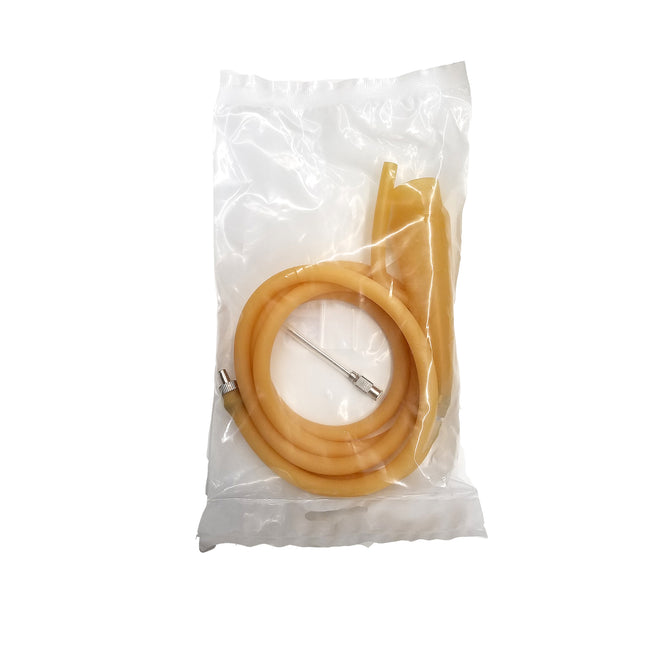
Set per flebo Dexco con ago da 14G x 2˝
The Dexco IV Set with a 14G x 2˝ Needle is recognized for its ease of use and durability, making it a preferred choice in veterinary medicine. This IV set is designed to fit standard 500mL bottles and features a pure gum rubber funnel with an air vent, ensuring a secure and stable connection during fluid administration. The stainless steel needle is chosen for its strength, minimizing the risk of bending or breaking during insertion. With 5 feet of tubing included, it offers flexibility and convenience for a variety of clinical settings. The availability of latex tubing options also provides versatility for different clinical preferences and needs Comes complete with a 14 G x 2″ disposable aluminum hub needle included
$15.20

Pasta per decorticare Dr. Naylor®, 4 oz.
La pasta per decornazione Dr. Naylor serve a prevenire la crescita delle corna. Rapida, sicura ed economica. Una sola applicazione è sufficiente per i vitelli giovani. Dosaggio: Applicare non appena si avverte il bottone del corno, da 3 a 7 giorni di età. Contenuto: 4 oz.
$7.10
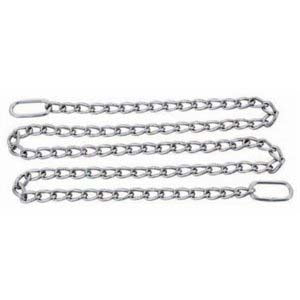
30˝ Catena OB
The 30' OB Chain is an essential tool in the realm of veterinary obstetrics, particularly in the agricultural sector. Crafted from high-grade materials this durable chain is designed to withstand the rigors of assisting with the delivery of calves. Its length and material are chosen to provide a good grip on the calf without causing injury, ensuring the safety of both the animal and the user. The OB chain's sanitary properties make it a superior choice over traditional ropes, which can harbor bacteria and are more challenging to clean. The choice of chain length is crucial; the 30' chain is optimal when the front legs of the calf are exposed, while longer chains may be necessary for different birthing positions within the birth canal. This tool's design reflects a deep understanding of the calving process and a commitment to animal welfare, making it a reliable choice for farmers and veterinarians alike. During calf delivery, there are several common complications that can arise, posing risks to both the calf and the mother. One of the most frequent issues is dystocia, which is difficulty in delivering the calf due to its size or position. Calves that are too large or positioned abnormally in the birth canal can cause significant delays in delivery, leading to oxygen deprivation and potential mortality. Additionally, cows with smaller pelvic areas may experience more difficulty during calving, which is particularly common in younger cows that have not reached full skeletal maturity. Nutritional status also plays a critical role; cows that are either undernourished or overweight may have increased rates of dystocia. Other complications include abnormal presentations, such as breech or transverse positions, which require veterinary intervention to correct. Managing these risks involves careful monitoring, proper nutrition, and sometimes, medical intervention to ensure the health and safety of both the cow and the calf during the birthing process This OB Chain is Strong! Tested to withstand a minimum of 1,200 lbs. of pull
$8.75
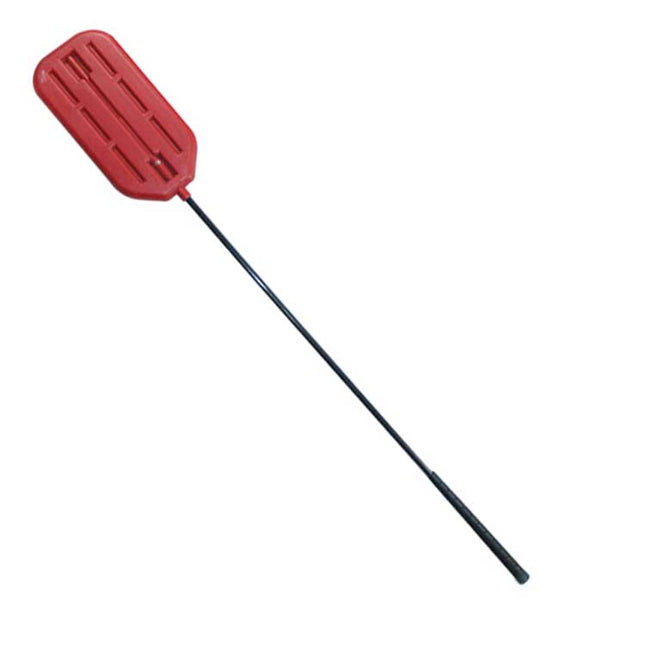
Palette di smistamento, Med-LG-XL
Paletta in plastica con fusto rigido in fibra di vetro. Impugnatura in gomma con presa da golf. Riempita di sonagli per favorire il movimento del maiale.
$14.50 - $14.99

Contatore manuale
Hand counters are essential tools for a variety of tasks where accurate tallying is necessary. They come in different forms, from simple manual clickers to advanced digital models. High-quality hand counters are typically made of durable materials like metal, ensuring longevity and reliability in various environments. The ease of use is another crucial aspect, with most counters featuring a simple button press to increment the count and a quick reset knob. They are widely used for counting inventory, ensuring businesses can track stock levels accurately, which is vital for maintaining profitability and efficiency. Additionally, hand counters are indispensable for managing attendance at events, providing a straightforward method for recording the number of participants. This helps in organizing and planning, as accurate attendance figures can influence future event decisions. Overall, investing in a high-quality hand counter can significantly streamline the process of counting and tracking in multiple settings.
$7.50
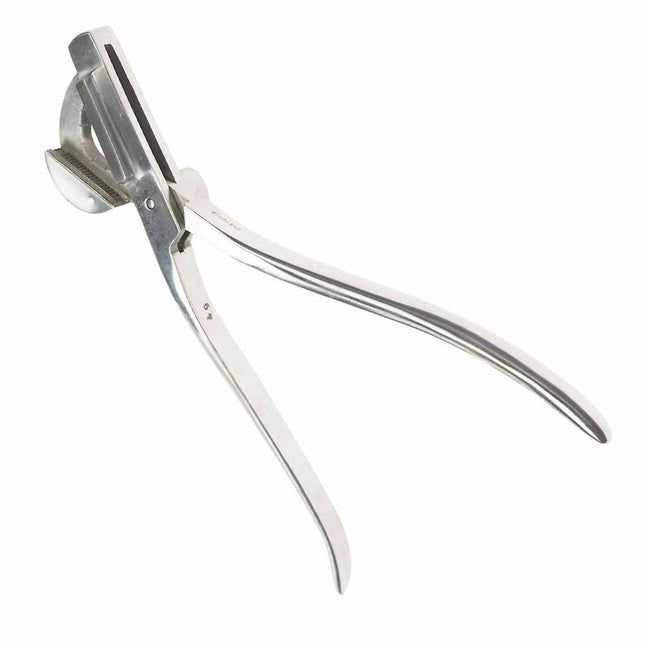
Emulatori a doppio schiacciamento di tipo bianco
Curvo in acciaio inox. Utilizzabile per il bestiame equino. Emulatori a doppio schiacciamento.
$35.90 - $42.50
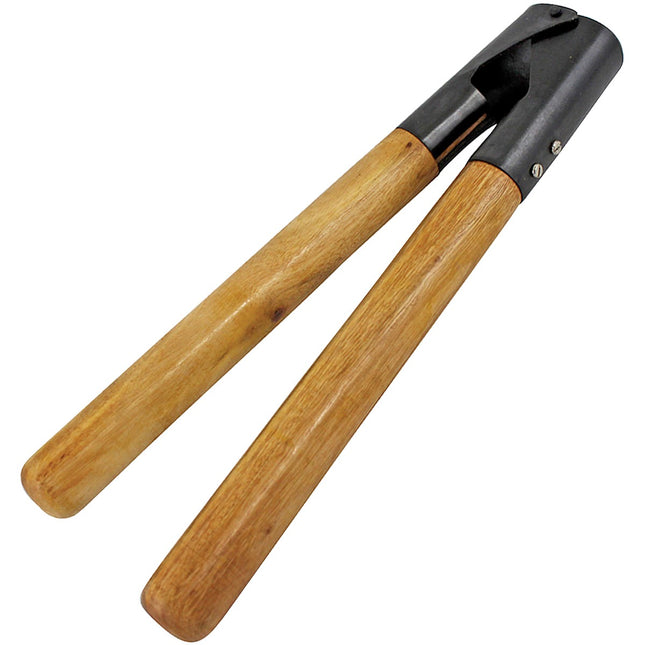
13" Barnes Dehorner Manici in legno
The 13-inch Barnes dehorner with wooden handles is a quintessential tool for farmers and veterinarians who work with livestock. This particular model, known for its durable construction and ergonomic design, features a high-tempered cutting edge that is cupped to fit around the horn of the animal for a clean cut. The hardwood handles provide a sturdy grip, allowing for precise control during the dehorning process. This tool is designed to be used on calves and goats, and is effective for animals from 2 months to 1 year old. The overlapping cutting edges ensure a complete cut, which is essential for the well-being of the animal and the safety of the handler. It's important to note that dehorning, while necessary in many cases to prevent injury to other animals and handlers, should be performed with care and proper precautions to minimize stress and discomfort to the animal. Features: Cutting blades made of high-grade tool steel. Heavy construction, wooden handles.
$22.80 $20.50

